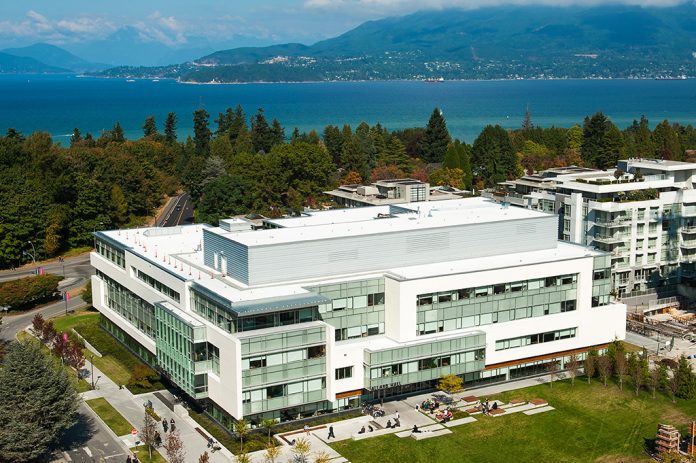Responding to concerns regarding the availability of affordable student housing, the Alliance of B.C. Students (ABCS) released a white paper detailing their understanding and analysis of the housing situation university students in B.C. are facing. The white paper claims that while the number of full-time students has increased, very few residence spaces have been created to meet the need. This is only worsened by the hot conditions of the real estate climate in Greater Vancouver and the Fraser Valley.
The ABCS formed in 2011 as an organization that attempted to represent all B.C. post-secondary students collectively on academic and educational issues. UFV was a part of the alliance, but along with several other institutions left a few years after the formation, due to concerns with the effectiveness and intentions of the organization.
Their white paper says that despite the increase in enrolment, many B.C. universities have not kept up with the demand for affordable housing for students. It also claims that the reason for the lack of residence expansion is predominantly due to the restriction on public entities, which includes universities, to carry debt for capital expansion. This assumes that if universities cannot borrow money, they won’t be able to afford to build more residences.
Although the ABCS raises relevant concerns about the need for student housing, their analysis may not apply to UFV.
The City of Abbotsford, in their updated official community plan (OCP) released last June, outlines the development guidelines for land surrounding UFV. These plans will accommodate the U-District neighbourhood, a university village that will integrate UFV with the surrounding community. The zoning and development plans include multi-unit residential and apartment complexes in order to meet the need for student housing.
UFV is also a unique institution in that it has its roots in being predominantly a commuter school with less demand for on-campus residence. While the demand for student housing near UFV has steadily grown, it has not yet exceeded availability. Craig Toews, executive director of campus planning & resource development said that as demand increases, housing will be provided, but it likely won’t need to be funded by the university.
“In the context of this very hot real estate market, developers are anxious to buy up land and build housing units,” said Craig Toews. “Developers thinking wisely would be tuned onto the demand for student housing.”
Although the institution cannot borrow money to build residences, Craig said there are other ways to provide housing. In the past, UFV has been able to fund large capital projects despite the restriction on public entity borrowing.
The Student Union Building, a $15 million project, was built and funded without a government loan. In order to finance the project, $5 million was provided by the university and $10 million was provided as a loan to students by an external financial partner. Similar techniques could be employed for student housing by allowing developers to invest into the neighbourhood.
“There’s opportunity for more housing, but the real opportunity, because we can’t borrow, is for developers to build attractive and affordable housing right on our doorstep,” said Toews. “That allows us to focus our resources on building academic infrastructure.”
The white paper is calling for government to lift the restriction on public entity borrowing and to subsidise the cost of student housing construction. While this might be a necessary request for more urbanized institutions who lack the space for further neighbourhood development, the City of Abbotsford is intent on significantly changing the layout of what will become U-District.
Because of market conditions being the way they are and zoning in the U-District neighbourhood allowing for a lot of housing, most of the needs will be met by developers. The village concept that is planned for U-District will integrate the university campus with the community and its residences. Within the village will be market housing, student housing, commercial retail, and various services and amenities.
The OCP sees the university district as a significant urban node within the city. Both UFV and the City expect the university village to be a hub for campus life and university activity.
“If you build the right kind of housing with the right type of services and amenities on the ground floor, that will be very attractive to students,” said Toews. “This could be a real game changer for Abbotsford. This is the kind of lifestyle that we’re losing a lot of our young, creative minds to: the lure of the Vancouver lifestyle.”


